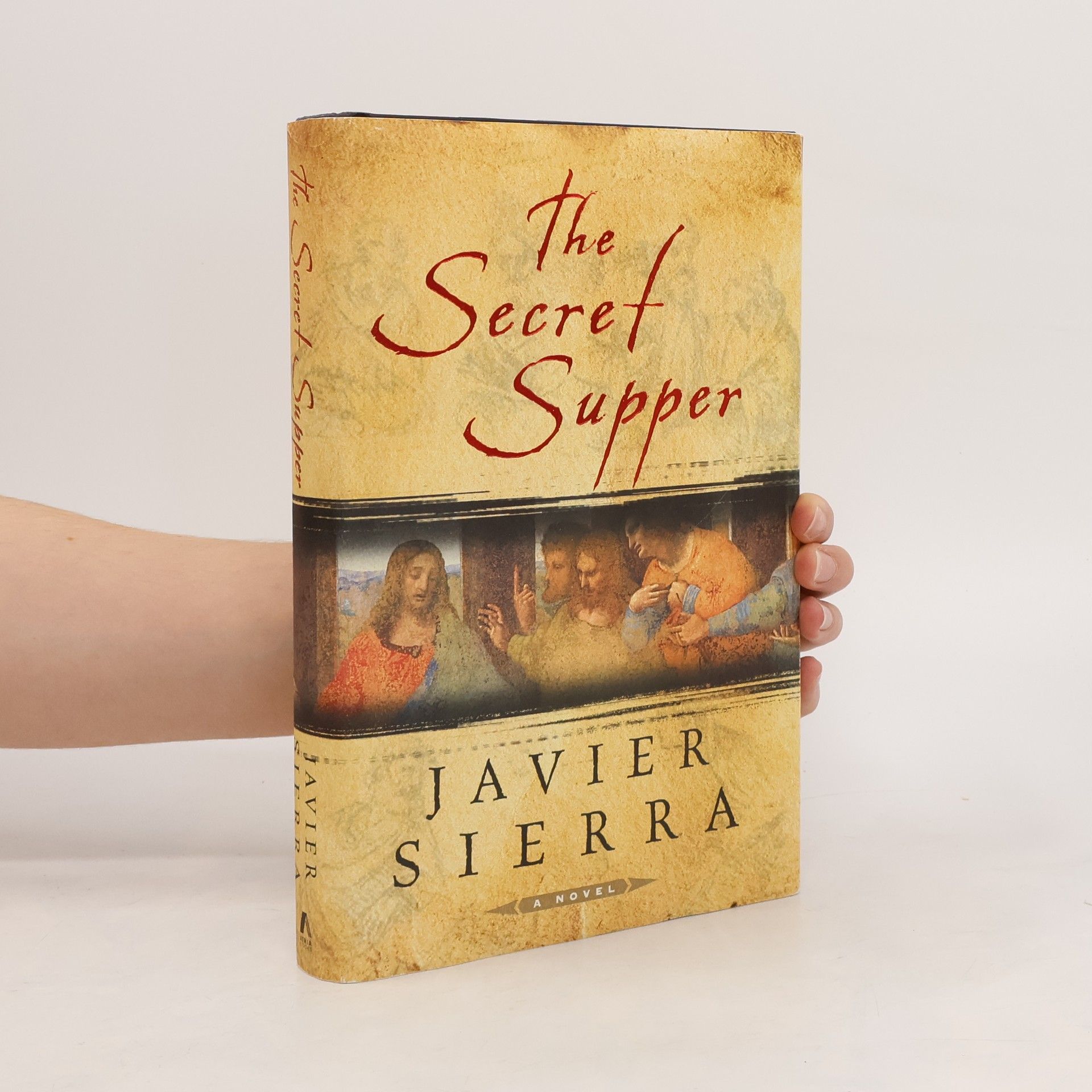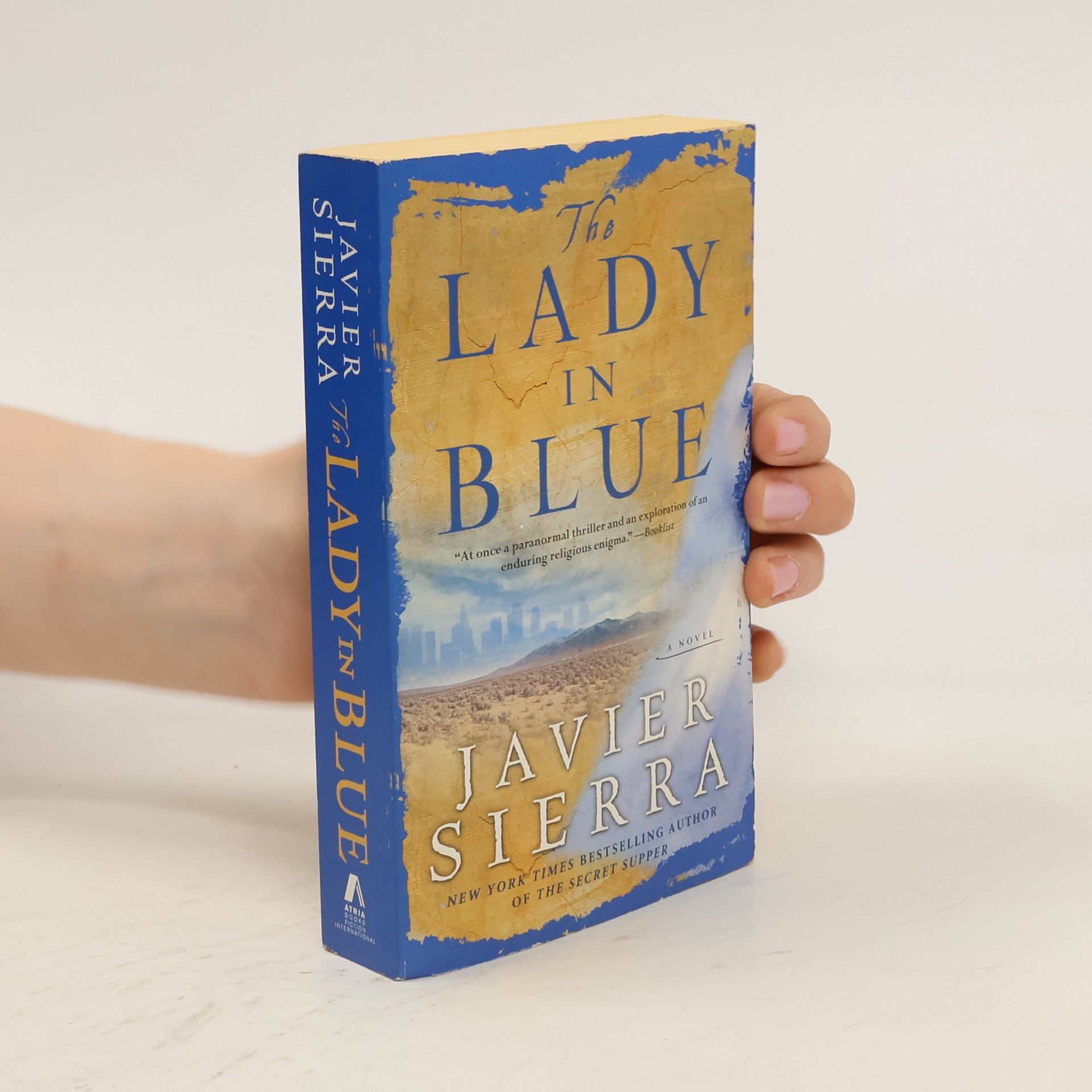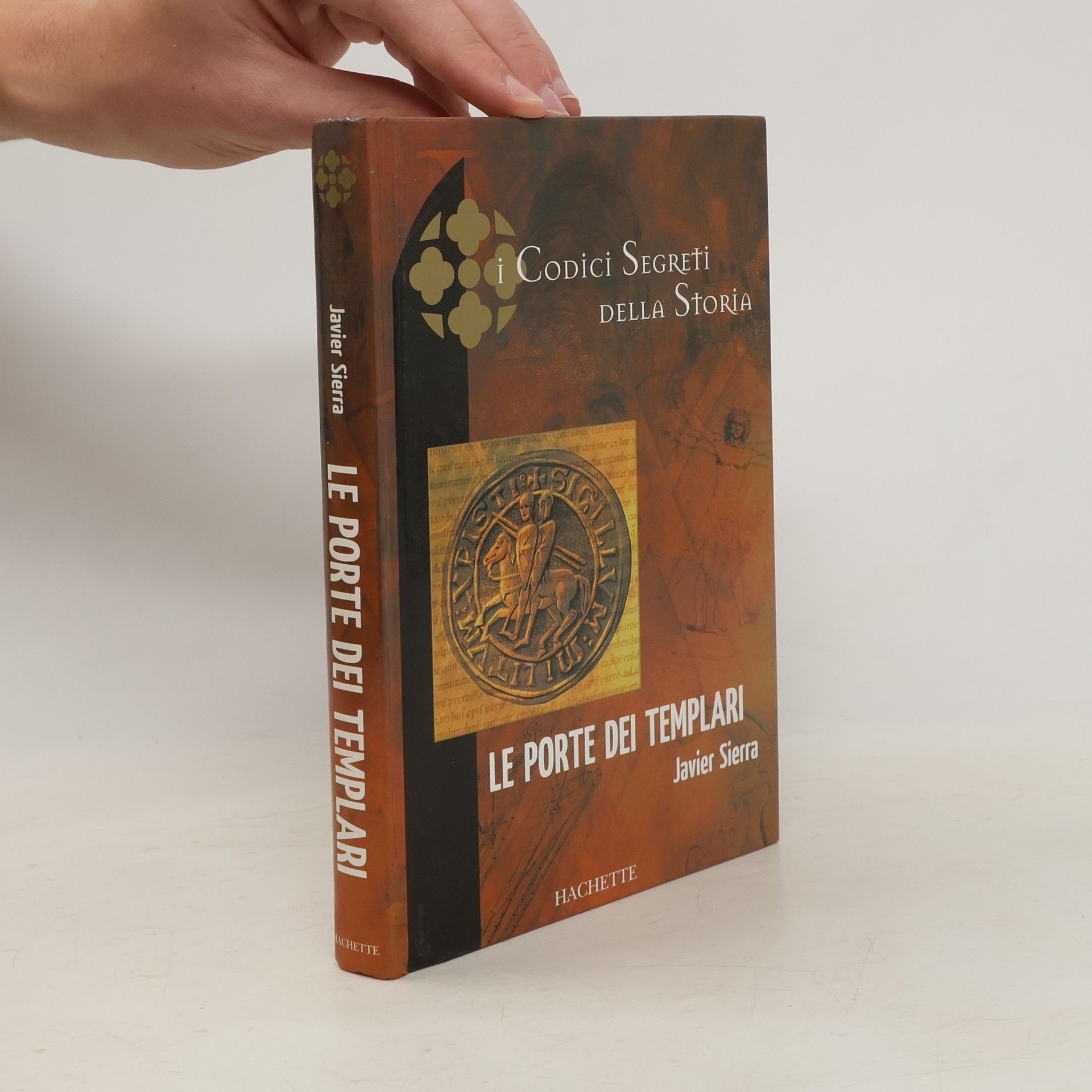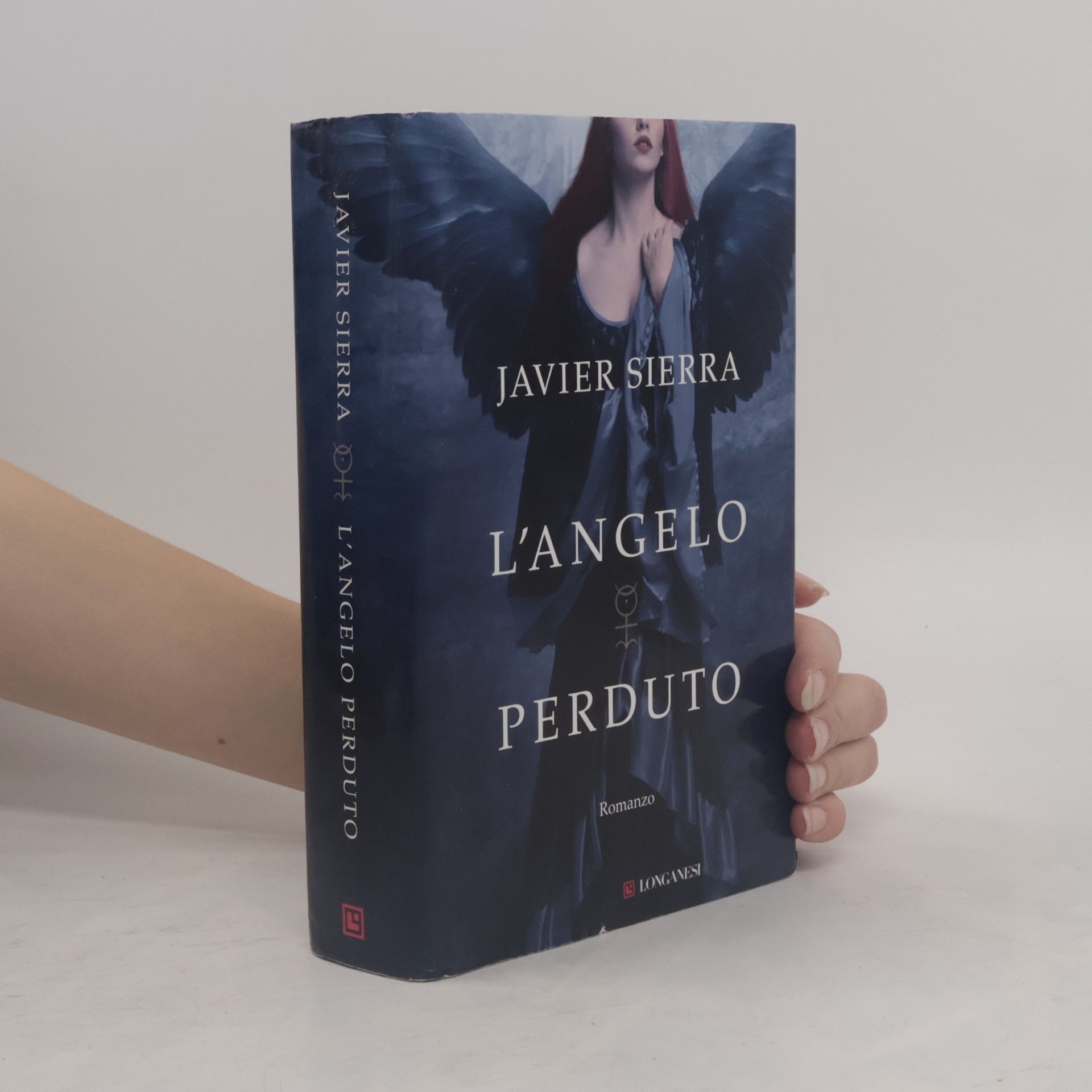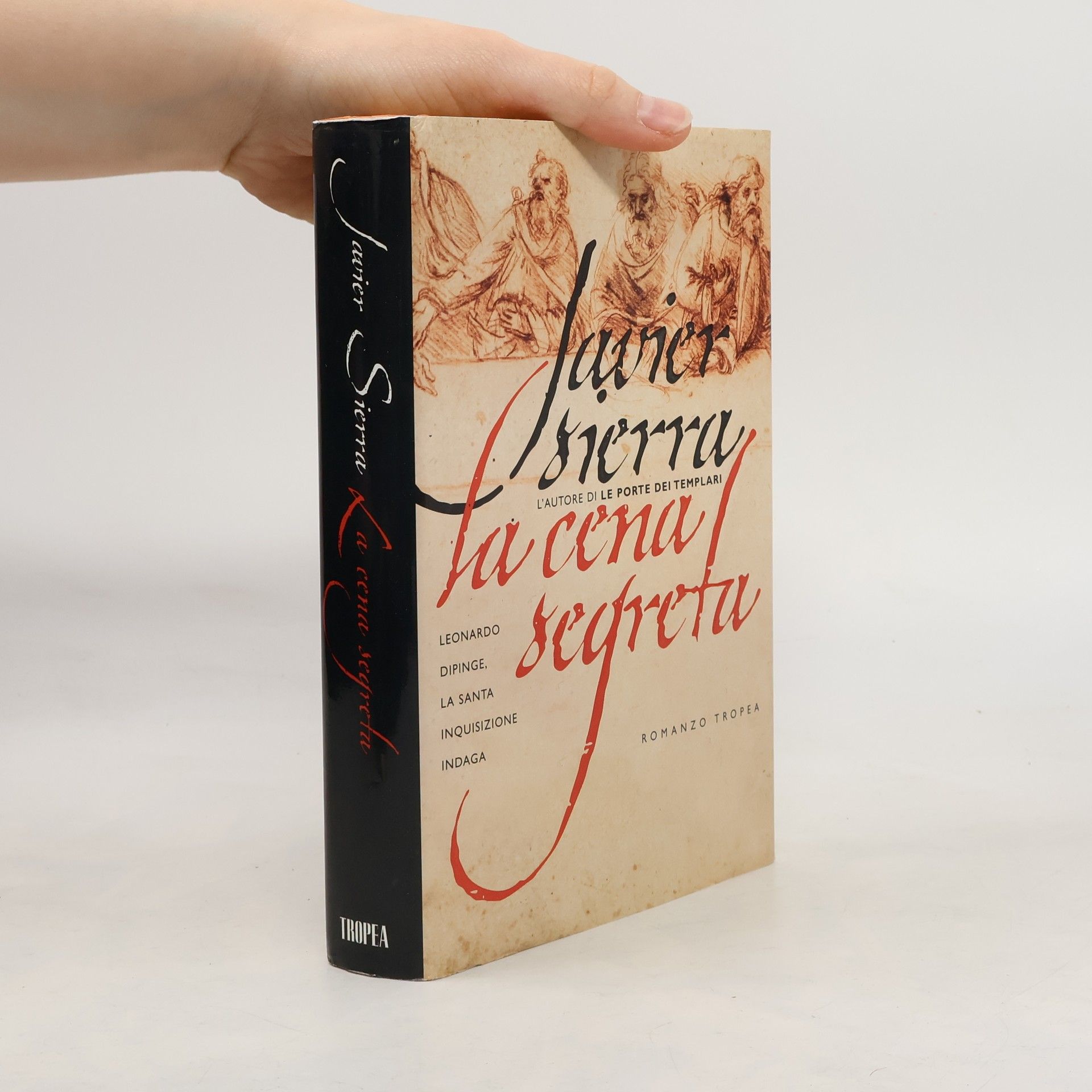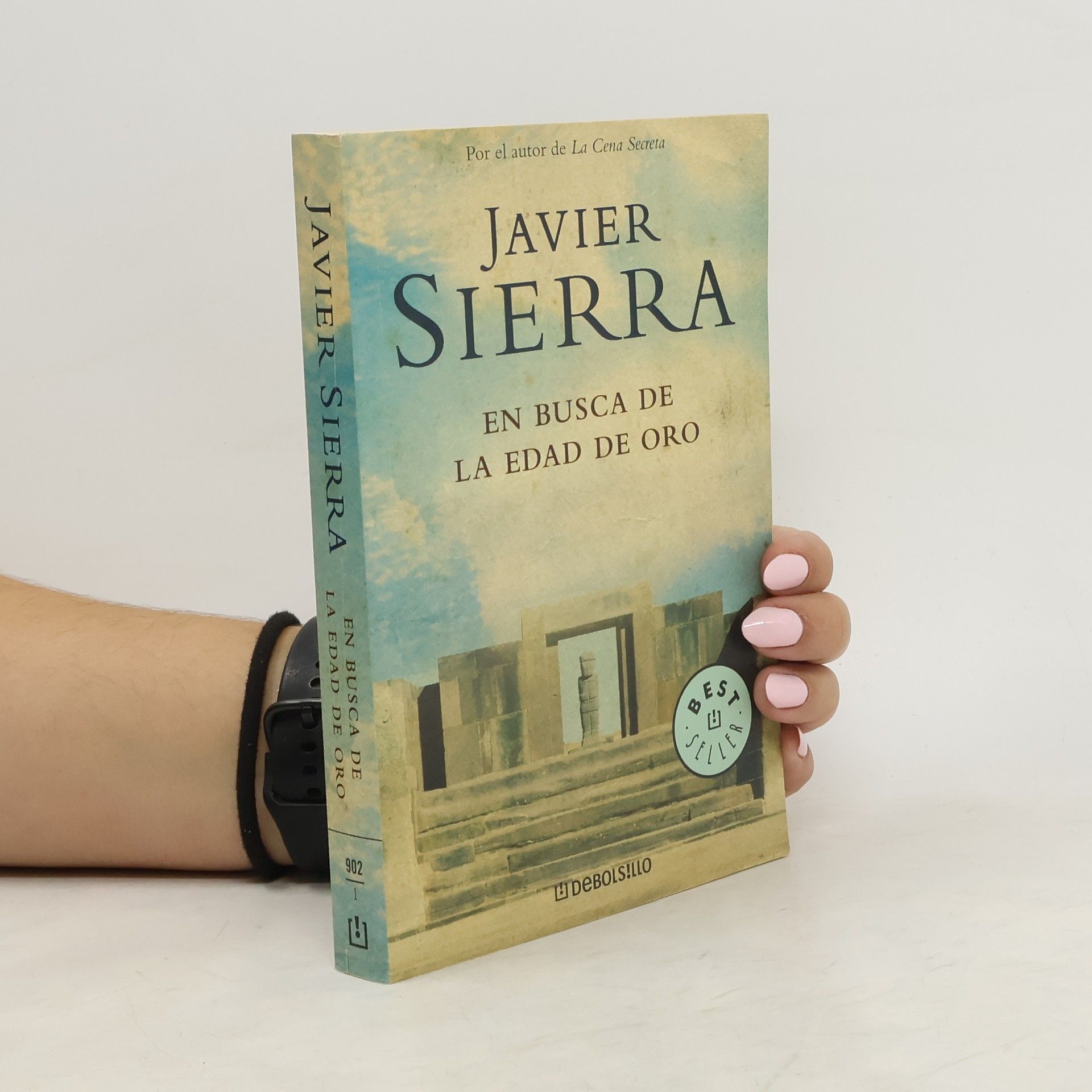La cena segreta
- 285pagine
- 10 ore di lettura
Gennaio 1497. Frate Agustín Leyre, inquisitore domenicano esperto nell'interpretazione di messaggi cifrati, viene inviato di tutta fretta a Milano per sovrintendere alle ultime fasi della preparazione dell'affresco di Leonardo, l'Ultima Cena. Tutto è dovuto a una serie di lettere anonime recapitate presso la corte di Papa Alessandro VI, nelle quali il pittore viene accusato non solo di aver raffigurato i dodici apostoli senza il consueto alone di santità, ma anche di aver ritratto se stesso all'interno della scena sacra mentre rivolge le spalle a Gesù. E questa non è l'unica anomalia sconcertante del dipinto. Perché l'ha fatto? Leonardo è forse stato un eretico?


